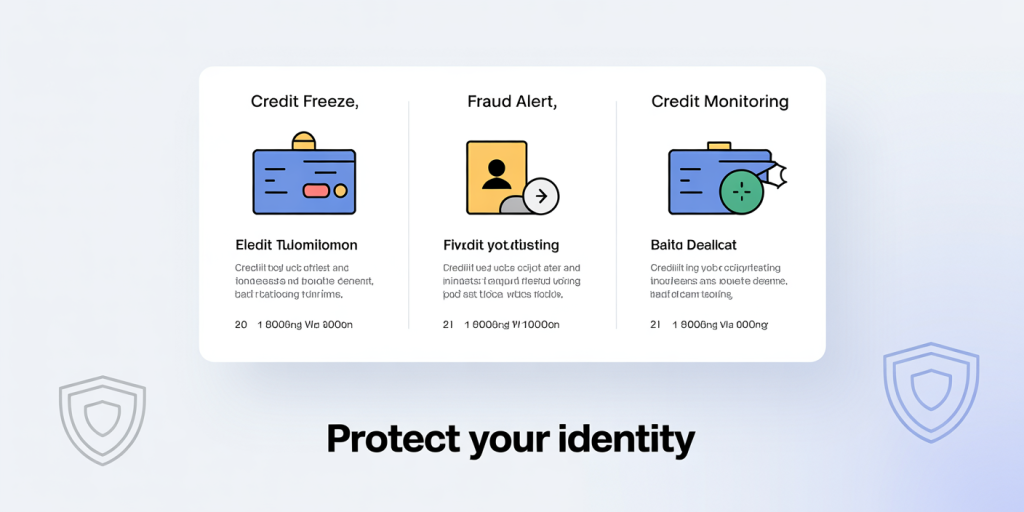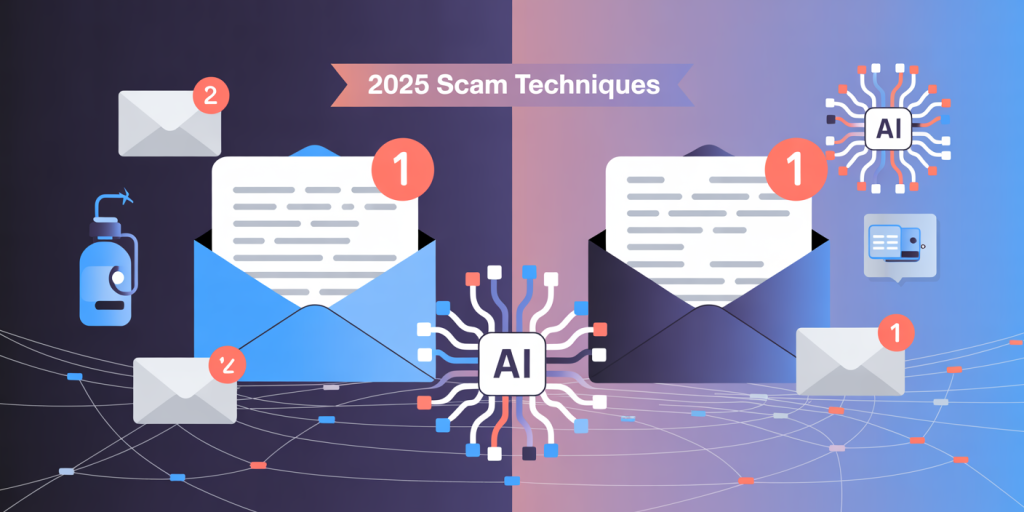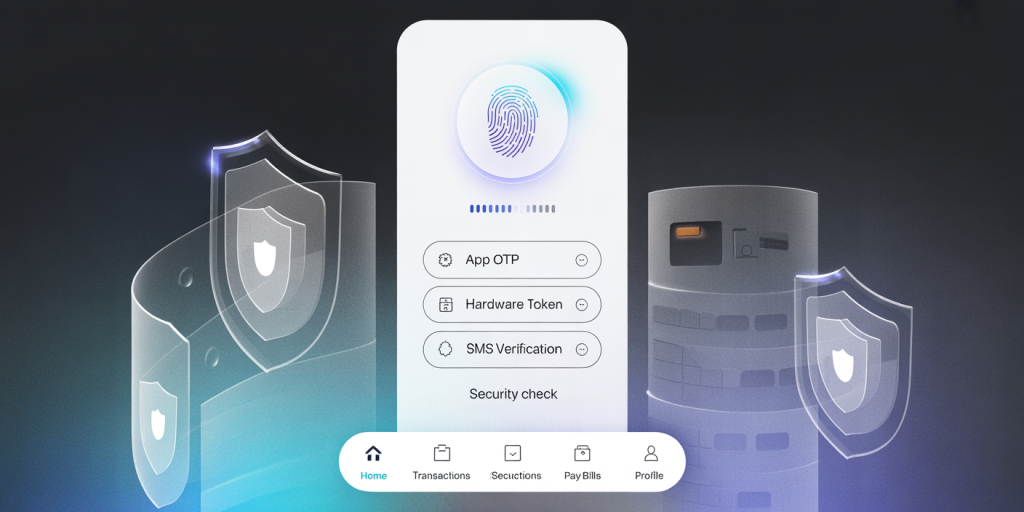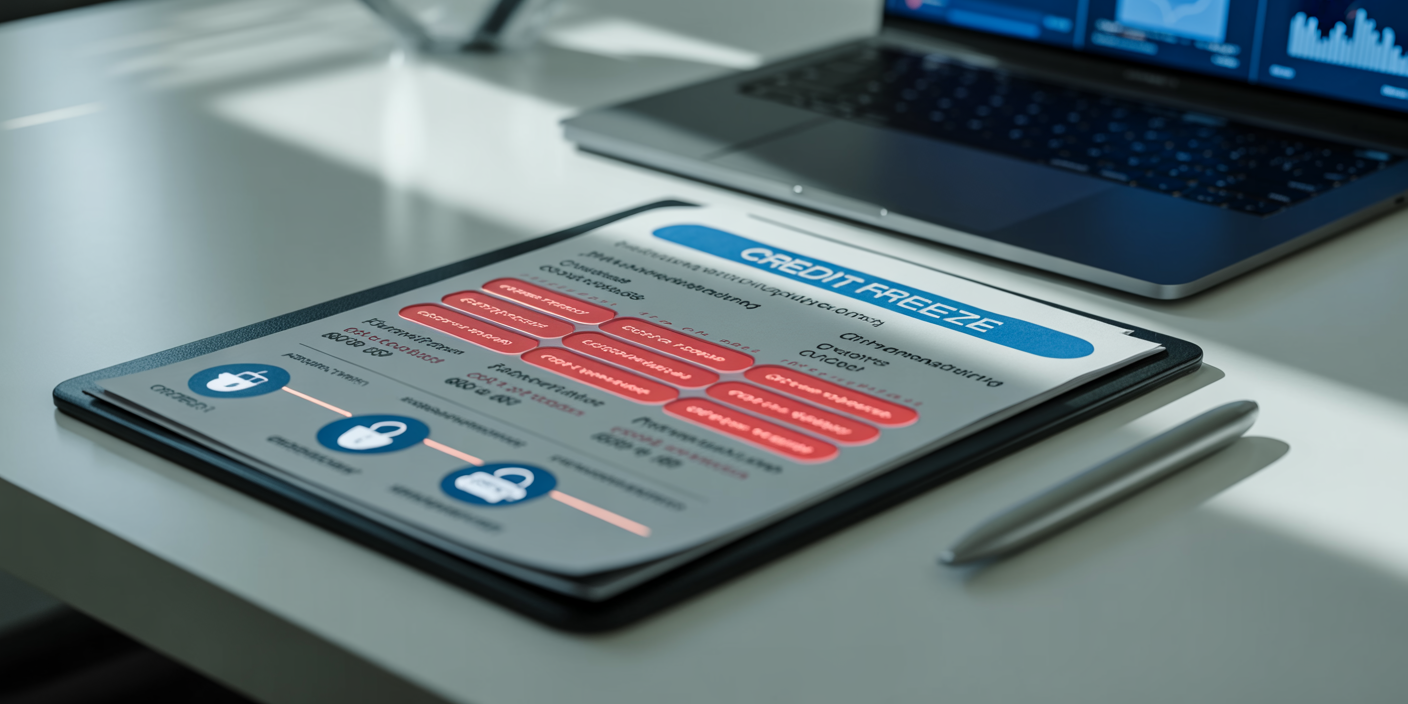Online Banking Scams in 2025: What’s New and How to Stay Safe
Anúncios
With the ongoing digitization of financial services, online banking has become an integral part of everyday life for millions worldwide. However, as convenience grows, so does the sophistication of cybercriminals targeting unsuspecting users. Online banking scams in 2025 reveal alarming new trends, posing severe risks for both customers and financial institutions. This article delves into the latest scam techniques, compares emerging threats, and provides practical strategies to safeguard your funds and personal information.
The Changing Landscape of Online Banking Fraud
The surge in online transactions throughout recent years has fundamentally transformed the threat landscape. According to the Federal Trade Commission (FTC), online banking fraud complaints increased by 42% in 2023 compared to 2021. This upward trend is fueled not only by more users transitioning to digital channels but also by advancements in criminal tactics.
Anúncios
One significant shift is the move towards personalized and AI-driven scams. Where traditional phishing relied on generic emails, modern attacks leverage data scraped from social media, data breaches, and public databases to create highly convincing lures. Attackers now mimic bank communications with near-perfect accuracy, increasing victim susceptibility.
For example, in early 2024, a major European bank suffered losses after clients received scam SMS alerts claiming “urgent account verification” linked to realistic-looking phishing websites. Over 3,000 users fell victim, resulting in a combined loss exceeding €2 million. Such cases exemplify how banks and customers must adapt to evolving fraud techniques.
Anúncios
Emerging Online Banking Scam Techniques in 2025
Several new scam methods have gained prominence this year, driven by technological advances and the increased use of mobile banking.
Deepfake Voice and Video Fraud
Deepfake technology has empowered criminals to impersonate bank staff or trusted contacts using synthesized voice or video. In 2025, at least 60 banking institutions worldwide reported interception of fraudulent transactions triggered after victims were convinced by AI-generated phone calls or videos.
One notable case involved a corporate finance manager in Australia who received a deepfake video call from a supposed company CEO authorizing a $1.2 million transfer. Believing the request to be genuine, he initiated the payment, only discovering the scam days later. This technique takes social engineering to an unprecedented level, combining psychological manipulation with cutting-edge AI.
AI-Powered Phishing Campaigns
Hackers now deploy machine learning algorithms to analyze a target’s behavior, preferred language, and contact list before crafting customized phishing emails and messages. Such campaigns typically have a success rate of 15-20% higher than traditional phishing, according to cybersecurity firm NortonLifeLock.
For example, banks observe scam emails mimicking service updates or regulatory alerts with user-specific data points to add credibility. These emails often include links to counterfeit banking portals designed to harvest credentials instantaneously.
Synthetic Identity Fraud
Synthetic identity fraud involves criminals manufacturing fake identities by blending real and fabricated information. By opening new bank accounts with these synthetic profiles, fraudsters can conduct money laundering, apply for loans, or carry out fraudulent transactions without immediate detection.
In 2025, synthetic identity fraud accounts for approximately 25% of all new account fraud cases in the US, representing a $3.4 billion loss to banks and consumers, as reported by the Identity Theft Resource Center (ITRC). This method presents challenges for traditional verification processes that rely heavily on static data.
Comparing Scam Types: Traditional vs. 2025 Techniques
The following table highlights the key differences between traditional online banking scams and those emerging in 2025:
| Scam Type | Description | Complexity | Detection Difficulty | Example Case |
|---|---|---|---|---|
| Classic Phishing | Generic fake emails and links | Low | Medium | Mass spam emails prompting credential input |
| SIM Swapping | Theft of phone number to intercept OTPs | Medium | Medium | Users losing phone access leading to unauthorized transactions |
| Deepfake Social Engineering | AI-generated voice/video impersonation | High | High | CEO deepfake authorizing large wire transfer |
| AI-Powered Phishing | Customized emails based on data | High | High | User-specific scam emails with banking jargon |
| Synthetic Identity Fraud | Creation of fake identities for fraud | High | Very High | Fake accounts opening loans or laundering funds |
This comparative analysis reveals that modern scams require advanced detection tools and heightened user vigilance due to their tailored nature and technological complexity.

Practical Strategies to Protect Yourself in 2025
As online banking scams become more sophisticated, users must adopt multi-layered defense mechanisms to mitigate risks. Below are several effective strategies to stay safe.
Enhance Authentication Security
The widespread adoption of two-factor authentication (2FA) remains a critical protective measure. However, experts recommend moving beyond SMS-based codes towards app-generated one-time passwords (OTPs) or hardware tokens, which cannot be intercepted via SIM swapping.
Biometric authentication, such as fingerprint or facial recognition, has gained traction in mobile banking apps for its convenience and security. Users should enable these features wherever available and update app permissions regularly.

Recognize and Avoid Deepfake Scams
Given the rise of deepfake fraud, users must exercise caution when receiving unusual requests via phone or video. Always verify identity through an independent channel before authorizing money transfers or sharing sensitive information.
Financial institutions increasingly offer secure chat platforms or video verification services designed to bypass traditional phone channels vulnerable to spoofing. Clients are advised to use these official tools for confirmation instead of reacting to unsolicited calls.
Vigilance Against Personalized Phishing
Scrutinizing emails remains a frontline defense. Look for subtle red flags such as unexpected links, spelling errors, or messages prompting urgent action. Using anti-phishing software integrated into browsers and email clients can help detect malicious URLs.
Additionally, refrain from clicking links received via unsolicited messages. Instead, navigate directly to your bank’s website or app to check announcements or alerts. Customers should also enable transaction alerts via SMS or app notification to monitor account activity in real time.
Protect Personal Data Online
Many emerging scams exploit publicly available information to create personalized attacks. Limiting the amount of personal data shared on social media platforms and adjusting privacy settings can reduce exposure.
Regularly checking if your credentials have been part of a data breach using services like Have I Been Pwned? enables proactive password changes. Furthermore, employing password managers to create strong, unique passwords for banking sites enhances security.
Real-World Cases Highlighting Online Banking Scam Trends
Examining recent scam incidents provides valuable insights into evolving criminal behaviors and defense gaps.
In March 2025, a U.S. regional bank reported that customers fell prey to AI-crafted phishing emails masquerading as official loan forgiveness programs. The scam resulted in credential theft and unauthorized withdrawals totaling over $1.8 million within weeks. This attack emphasized the effectiveness of cultural and contextual targeting combined with legitimate-seeming links.
Similarly, in India, a surge of deepfake voice scams targeted senior citizens. Perpetrators impersonated relatives claiming financial emergencies accepting “quick help” payments via online banking. Authorities recorded a 35% rise in such calls compared to 2024, highlighting demographic vulnerabilities.
These examples underscore the need for continuous education and adaptable security frameworks for banks and clients alike.
Technology and Regulations Shaping Scam Resistance
To respond effectively, banks and regulators worldwide are accelerating efforts to implement cutting-edge security technologies and policies.
AI-Powered Fraud Detection Systems
Banks are increasingly deploying artificial intelligence to monitor transaction patterns and user behavior in real time. Machine learning models can flag anomalies such as unusual transfer amounts or locations, prompting immediate action.
For instance, JPMorgan Chase reported a 30% reduction in fraud losses after integrating AI-driven monitoring in late 2024. These systems complement human analysts and help reduce false positives.

Strengthened KYC and Identity Verification
Financial institutions are adopting enhanced Know Your Customer (KYC) protocols, combining biometrics, multi-factor identification, and cross-referencing data from government sources. These measures aim at curbing synthetic identity fraud and unauthorized account access.
Several countries, including the UK and Canada, introduced regulatory mandates in early 2025 requiring banks to incorporate periodic customer identity revalidation.
Looking Ahead: Future Perspectives on Online Banking Scams
The arms race between scammers and security professionals is set to intensify. As AI, biometric systems, and blockchain evolve, both opportunities and threats will emerge.
Future scams may exploit quantum computing to break encryption or use augmented reality to craft even more plausible social engineering attacks. On the other hand, decentralized identification frameworks promise enhanced privacy and fraud prevention.
Financial literacy campaigns will remain essential in helping users anticipate and recognize new scam strategies. Increasing global cooperation among regulators, tech firms, and banks is vital to establish resilient defenses.
In summary, the online banking landscape in 2025 demands vigilance, advanced technology, and informed users to thwart increasingly sophisticated scams. By staying updated on the latest threats and adopting robust security practices, individuals and organizations can protect their digital finances against evolving criminal tactics.



Post Comment